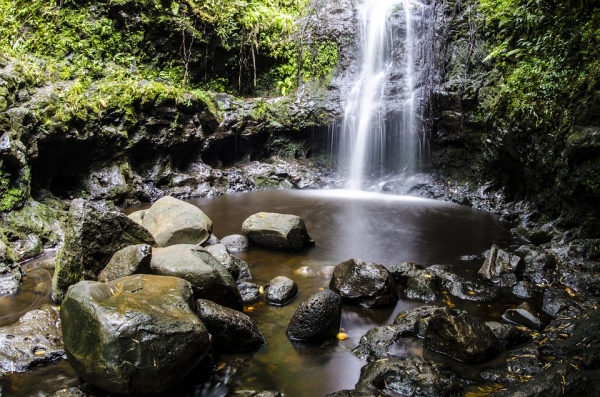As with many natural phenomena, scientists look to past climate to understand what may lie ahead as Earth warms. By assessing so-called ‘flavors’ of El Niño events in past climate records and model simulations, researchers have a clearer picture of El Niño patterns over the past 12,000 years and are able to more accurately project future changes and impacts of this powerful force. The study, by scientists at the University of Hawai‘i at Mānoa and University of Colorado Boulder, was published recently in Nature Communications.
“We used a unique set of climate model simulations that span the Holocene, the past 12,000 years, and accounted for changes in the frequency of El Niño flavors, the three preferred locations in which the peak of warming during different El Niño events occur—eastern Pacific, central Pacific, and coastal,” said Christina Karamperidou, lead author of the study and associate professor of atmospheric sciences at the UH Mānoa School of Ocean and Earth Science and Technology (SOEST). “Doing this allowed us to reconcile conflicting records of past El Niño behavior.”
El Niño is the primary factor affecting variability in water temperature and trade wind strength in the Pacific. Typically, researchers look for indicators of El Niño events in ancient, preserved material such as coral skeletons, Peruvian mollusk shells or lake sediment from the tropical Andes because locked within are indicators of past temperature and rainfall across Pacific.
“However, depending on where the samples are taken from—eastern Pacific, central Pacific, or near the South American coast—the frequency of El Niño events appears to exhibit different patterns,” said Karamperidou. “Records from the eastern Pacific show an intensification of El Niño activity from early to late Holocene, while records from the central Pacific show highly variable El Niño throughout the Holocene.”
Read more at University of Hawaii at Manoa
Photo Credit: trumpat via Pixabay


